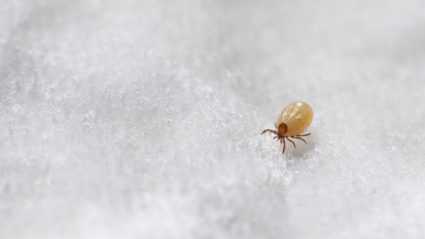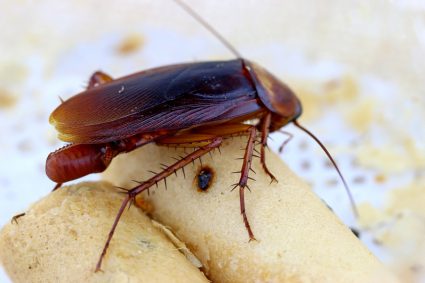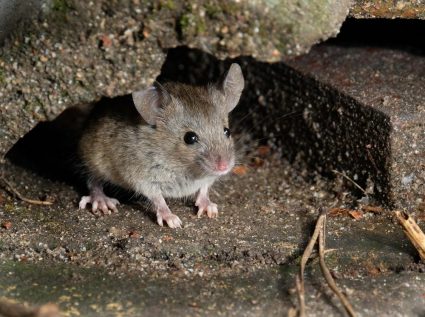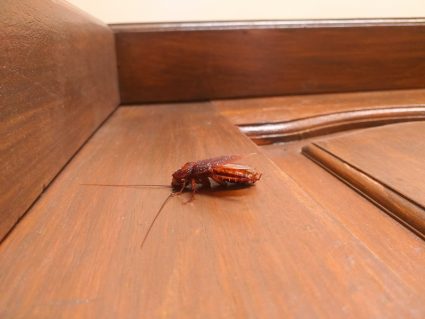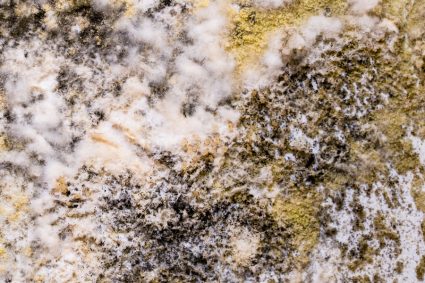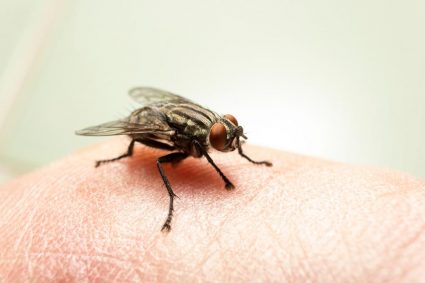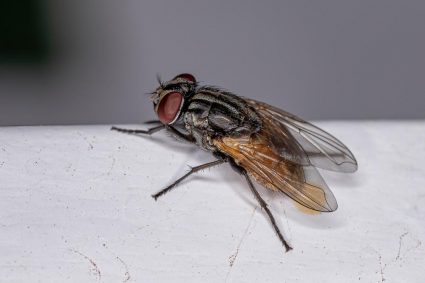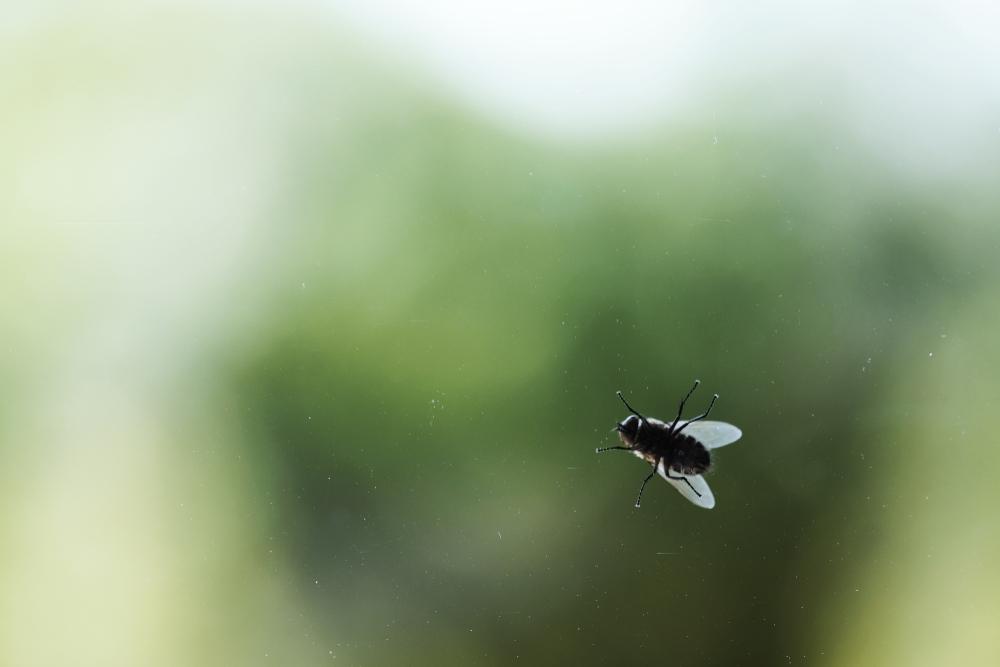
Flies can be a nuisance, whether they’re buzzing around your picnic, invading your home, or making their home in your yard. Not only do they have a knack for interrupting serene moments, but they also pose a health risk, as they’re known to carry diseases. Luckily, there are several ways to catch and kill flies, and in this comprehensive guide, we will explore everything you need to know about how to catch flies effectively.
To catch flies, you can create homemade traps such as an apple cider vinegar and dish soap trap, a milk jug or soda bottle trap, or a jar fly trap. Commercial fly traps and equipment like sticky fly traps, electric fly swatters, and UV light traps are also effective. Preventive measures like maintaining cleanliness and sealing entry points are crucial. Understanding fly behavior can increase the effectiveness of your efforts.
Understanding Fly Behavior
Before we dive into the methods of catching flies, it’s important to understand their behavior and lifecycle. Flies are attracted to certain odors, such as food, garbage, and feces. They reproduce quickly, laying eggs in decaying organic material like garbage or compost. Understanding these behaviors can help you make your home and yard less appealing to flies, and can increase the effectiveness of your fly-catching efforts.
DIY Homemade Fly Traps
One of the most cost-effective and environmentally-friendly ways to catch flies is by creating your own homemade fly traps. Here are three simple methods:
1. Apple Cider Vinegar and Dish Soap Trap
This trap is especially effective for catching fruit flies. To make it, simply fill a small bowl or jar with apple cider vinegar (about half or a third full). Add a few drops of dish soap and mix gently. The flies will be attracted to the scent of the vinegar and get trapped in the soapy solution.
2. Milk Jug or Soda Bottle Trap
This trap is ideal for catching larger flies like houseflies. Cut the top off a milk jug or a 2-liter soda bottle, invert the top, and place it inside the bottom section of the bottle. Add sugar, honey, or rotting fruit as bait, and then add a few drops of dish soap and some white vinegar. The flies will be attracted to the bait and get trapped in the soapy solution.
3. Jar Fly Trap
Similar to the vinegar and soap trap, this method involves adding a 1-inch layer of apple cider vinegar to a jar, adding a few drops of dish soap and mixing gently. Cover the jar with plastic wrap and secure it with a rubber band. Poke small holes in the plastic wrap for flies to enter and become trapped.
Commercial Fly Traps and Equipment
If DIY methods aren’t your preference or you’re dealing with a larger fly problem, there are several commercial options available. These include sticky fly traps, electric fly swatters, and UV light traps. Some of the best options include Flies Be Gone Fly Trap, Raid Fly Ribbon, Victor Fly Magnet Fly Trap, and Zevo Indoor Flying Insect Trap.
Preventing Flies
Prevention is the best method of fly control. By maintaining cleanliness, installing screens on your windows and doors, using natural repellents, and sealing possible entry points, you can significantly reduce the chances of flies entering your home.
Common Mistakes to Avoid
While trying to catch flies, make sure to avoid common mistakes such as placing traps randomly without considering fly behavior, neglecting to clean or replace traps regularly, and not taking steps to prevent flies from breeding and entering the home.
In conclusion, catching flies requires understanding their behavior, using effective traps or equipment, and taking necessary preventive measures. Whether you choose to use homemade traps or commercial products, these methods will help you maintain a fly-free environment. Remember, the key to successful fly control is persistence and consistency.
Frequently Asked Questions
What other types of bait can I use in the homemade fly traps?
In homemade fly traps, you can also use meat, fish, or pet food as bait. Flies are attracted to strong odors, and these items can be very effective. However, remember to replace the bait regularly to avoid bad smells.
How often should I clean or replace the fly traps?
The frequency of cleaning or replacing fly traps depends on how quickly they fill up. Generally, it’s a good idea to check them every 2-3 days. If they’re full of flies or the bait has dried up, it’s time to clean or replace them.
Are there any natural repellents that I can use to prevent flies?
Yes, there are several natural repellents that can help deter flies. These include plants like basil, lavender, and lemongrass. Essential oils such as eucalyptus, peppermint, and citronella are also effective. You can use these oils in a diffuser or make a spray by mixing them with water.
Can I use these methods to catch other types of insects?
Some of these methods, especially the homemade traps, can be used to catch other small flying insects like gnats and mosquitoes. However, for larger or more specific pests, you might need to use different methods or commercial products designed for that particular insect.
Are commercial fly traps safe to use around pets and children?
Most commercial fly traps are safe to use around pets and children, but it’s always important to read and follow the manufacturer’s instructions. Some products may contain chemicals or design elements that could be harmful if ingested or handled improperly. Always place these products out of reach of children and pets.

